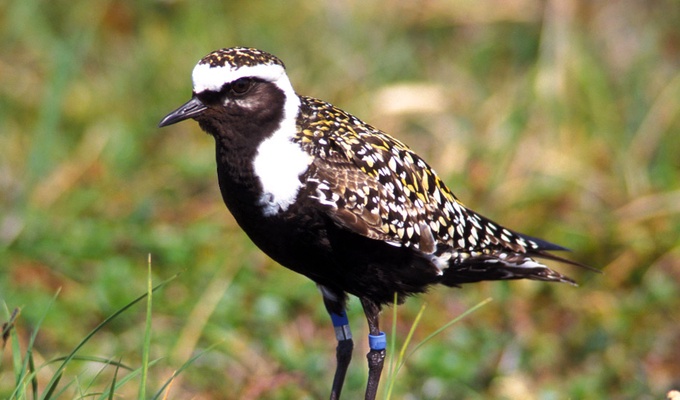Plovers, a group of wading birds in the subfamily Charadriinae, were regarded as a delicacy in 19th and early 20th century upper class dining and restaurant practice. They were often served at elaborate banquets and in fine restaurants throughout Europe and the United States.
Plovers were typically roasted or baked whole, sometimes encased in pastry or served cold in aspic, reflecting the era's preference for intricate presentations. The small birds were prized for their tender flesh and delicate flavor, and they frequently appeared alongside other sought-after wild game such as ortolans and larks. Larousse Gastronomique (1961) indicates that the bird should not be drawn; that is, it should be served with the trail (viscera) intact.
By the early 20th century, growing concerns over declining populations and shifting attitudes toward conservation, as well as the passage of the Migratory Bird Treaty Act in 1918, led to the protection of many plover species, effectively ending their commercial use in fine dining by the mid-20th century. Today, the consumption of plover is virtually nonexistent and is largely prohibited by law.

